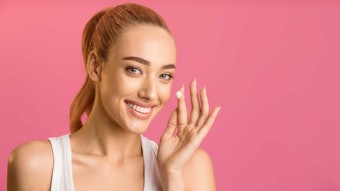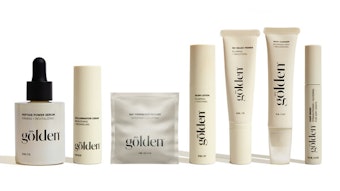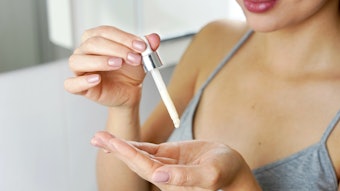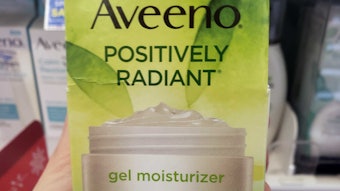Here’s a word that relates to men: testosterone. It is a male, steroid sex hormone with the formula C19H28O2 produced as a white crystalline substance from animal testes. Thus, TESTes + STERoid + ONE make the word testosterone.
Testosterone can also be produced synthetically. It finds use as a drug. This column describes recent findings about its effect in skin, hair and cosmetics. But first, three other words about men: androgens, 5α-reductase and dihydrotestosterone.
Androgen is the name for the class of steroids that act as male sex hormones; testosterone (T) is one of them. Another is dihydrotestosterone (DHT), which is variously reported to be between 2 and 30 times as active as T. T is converted to DHT by a hydroxylation reaction catalyzed by the enzyme 5α-reductase (5AR).
These three chemicals can be found circulating in the bodies of both men and women. Of the three, 5AR has attracted the most attention from formulators of cosmetics and personal care products because overactivity of 5AR in the skin can have pathological effects, such as acne and hirsutism (unwanted hair), on the one hand; or alopecia (loss of hair) on the other.1 This hair growth anomaly arises from the fact that the growth of scalp hair depends on androgenic hormones only in early life. With increasing age, androgenic hormones switch from promoting growth of scalp hair to promoting its loss, known as androgenic effluvium and alopecia.










